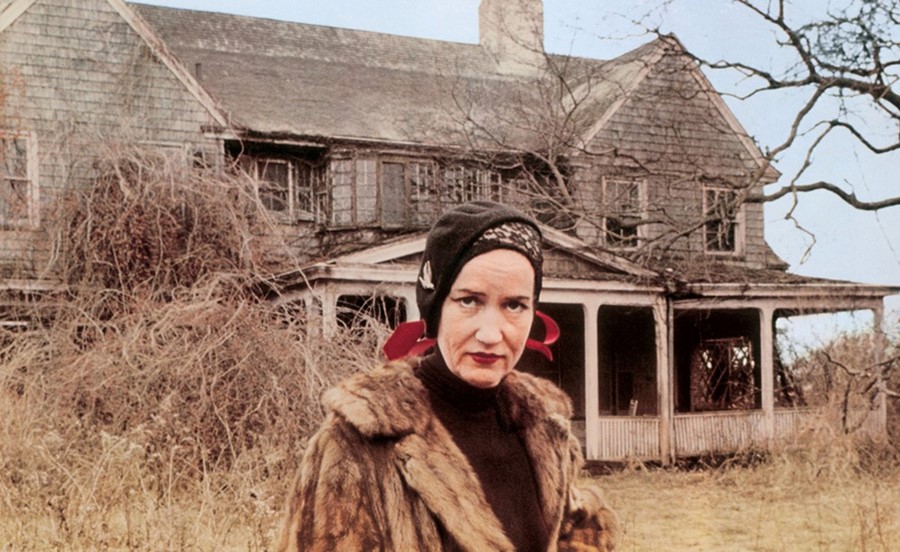We look at what we can learn from the sartorial decisions made by the Beales of Grey Gardens
There are few films that inspire the sort of cultish fandom that Grey Gardens has achieved. The tragicomic story of Little Edie Beale and her mother, sequestered away in a dilapidated Hamptons mansion, has been referenced by everything from Steven Meisel in Italian Vogue to Jinkx Monsoon in RuPaul’s Drag Race. The two women, inexorably linked within each other’s psyches, live in a home infested with racoons and dying cats, holding out for the moment that cousin Jackie Onassis will come to visit and pay their electricity bill. It is funny because it is so strange, so fascinatingly odd; their lives, their voices, their perspectives on the world are so bizarre. But it is tragic because they are two women who lived like this, literally amidst piles of rubbish, abandoned by ‘society’ and in a frantic and frightened isolation.
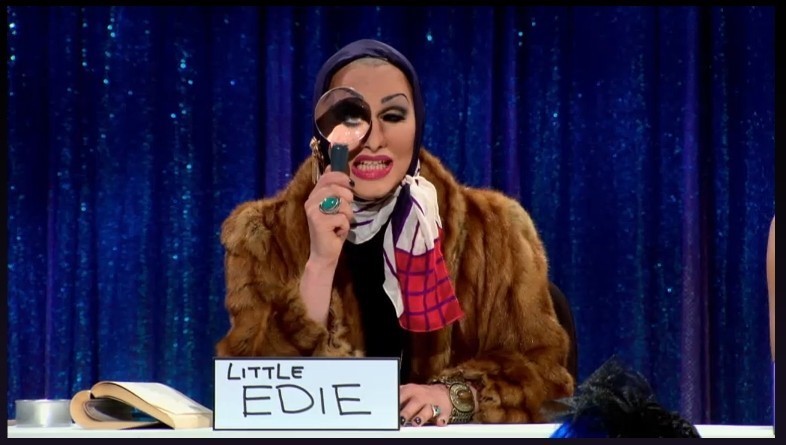
The reason that Grey Gardens doesn’t come across as a exploitative tale of poverty and despair is because Little Edie and Big Edie are so enchantingly besotted with dressing up, obsessed with playing a role for the camera: having the documentary made is their dream come true. In fact, when the film came out, Lois Wright (an artist houseguest who published a journal of her 13-month stay in My Life at Grey Gardens) explained that Little Edie was beside herself with glee, finally a film star travelling to the big city for premieres and glamour. The film (and its subsequent adaptation starring Jessica Lange and Drew Barrymore) isn’t cruel in any way, it isn’t judgmental; it simply documents the lives and interactions of two utterly intriguing characters. Nothing else is needed.
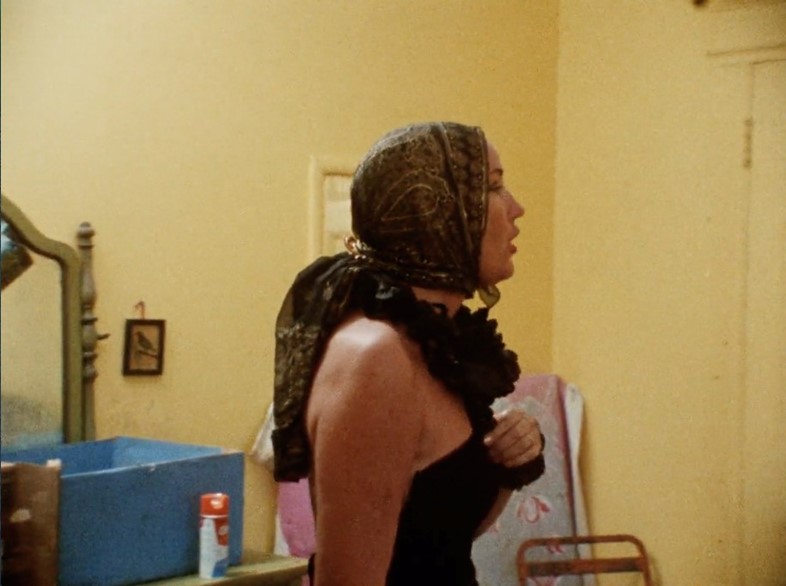
Little Edie’s costuming stands out as a particularly special element within the documentary; her head wrapped in turbans (concealing her lost hair, something that goes unexplained), her clothes constructed out of swathes of fabric, her lipstick constantly reapplied, her eyes destroyed by a self-professed vain refusal to wear glasses. She changes outfits at random and frequent intervals throughout the day and, in honour of her exceptional efforts, we’re looking at what we can learn from some of her choices.
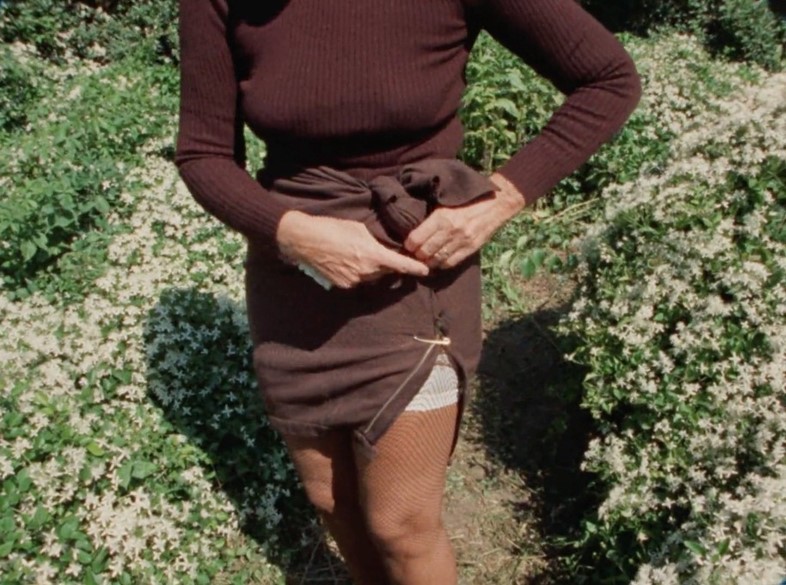
1. You can always take off the skirt and use it as a cape
Little Edie confidently tells us that, “This is the best thing to wear for today, you understand. Because I don’t like women in skirts and the best thing is to wear pantyhose or some pants under a short skirt, I think. Then you have the pants under the skirt and then you can pull the stockings up over the pants underneath the skirt. And you can always take off the skirt and use it as a cape. So I think this is the best costume for today.” Later, she worriedly whispers to the cameraman that she is afraid she has disturbed Brooks, the gardener, because “this is the revolutionary costume. I never wear this in East Hampton. You can’t be too careful.”
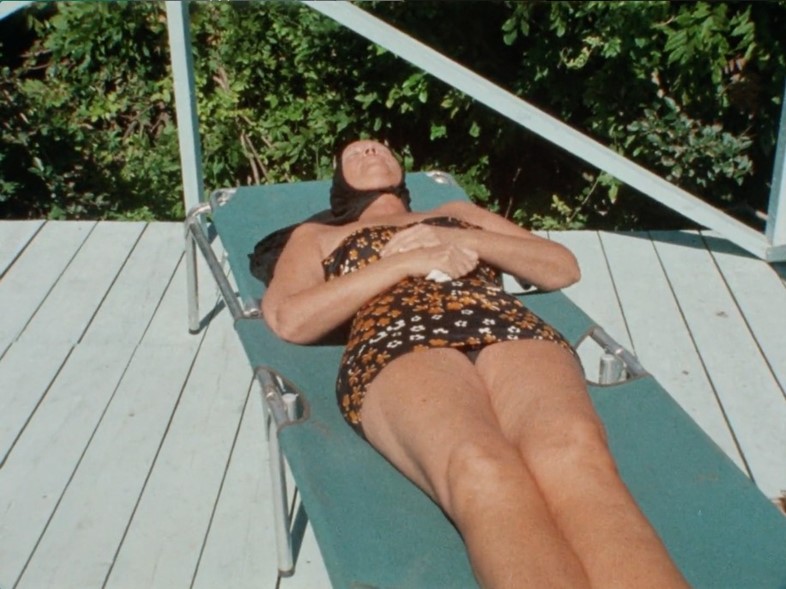
2. Avoid swimming costumes at night
Little Edie seems to find few activities in life as pleasurable as sunbathing. However, as evening apparel, the suit seems to present issues; her legs becoming subject to the hunger of fleas and the bugs that come out at night. Once this issue has been raised, it becomes clear as to why Edie might wear tights so often.
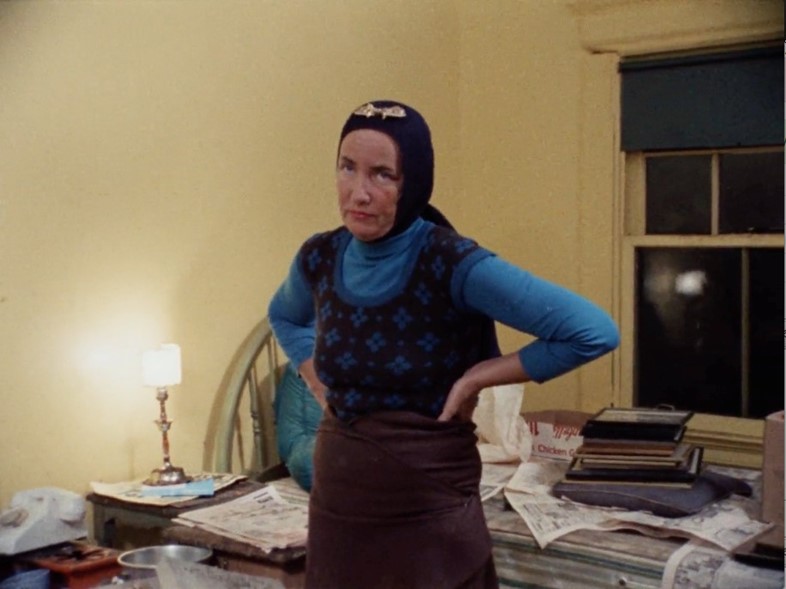
3. Aesthetics trump comfort, every time
Valuing aesthetics over comfort is a key component of Little Edie’s styling decisions – in fact, she is disgusted by her mother’s refusal to wear a girdle (“I haven’t worn a girdle since I was a girl!” Big Edie proudly explains). Here, she wears a woolen tank top over a poloneck, privileging sartorial decision-making over the sweltering summer heat.
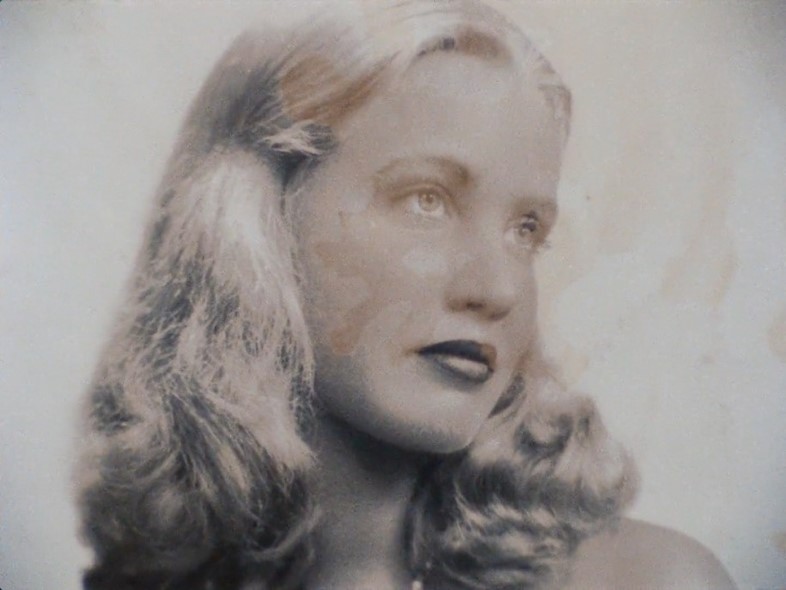
4. Don’t worry about everything
“Look how pretty Edie was when she was young. It’s perfectly foolish of her not to look that way now. She could, you know, if she didn’t worry about everything. Doesn’t that look like the girl who had everything?” says Big Edie when she flicks through photographs. And that does seem to be Little Edie’s predicament; she is so constantly and overwhelmingly distressed, so consumed by her mother that has become trapped in her role at Grey Gardens.
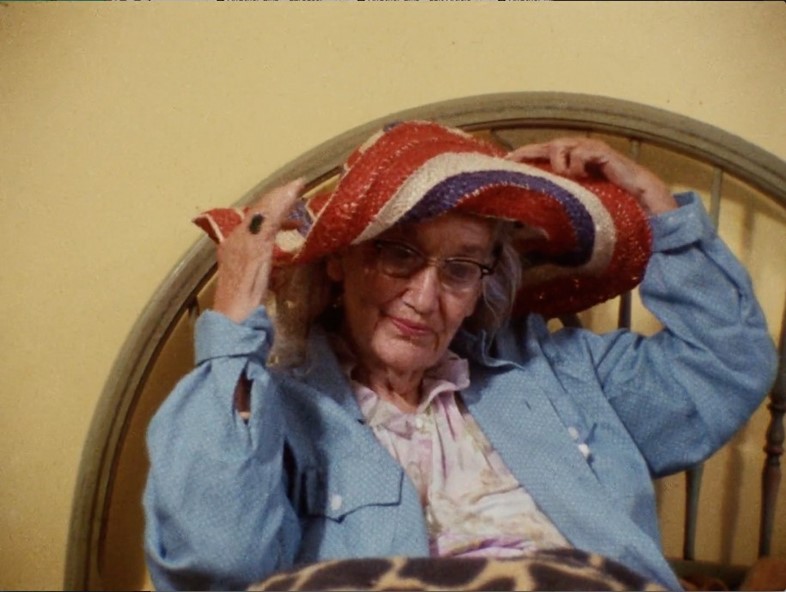
5. Embrace your glamorous former self
“I took my singing very seriously indeed” explains Big Edie, as she warbles along to a recording of her singing Tea for Two (she was an amateur performer at the turn of the 20th century). While discussing her career from her bed, she tugs at the brim of her hat, awkward and a little nervous. But when she starts singing, she is radiant. She pulls the hat off and starts glamorously combing her hair, legs still covered by a strange, giraffe-printed fleece blanket.

6. Resourcefully co-ordinate your outfits
“I gotta get it all co-ordinated in my mind,” Little Edie tells us when performing a routine of some description one afternoon. This attitude of co-ordination also permeates throughout her outfits; she creates ensembles entirely out of red, brown, blue, black... and they are all phenomenal. Whether incorporating a red jumper wrapped around her head or a brown strip of fabric pinned at the hip to create a skirt, she is nothing if not resourceful with her wardrobe.

7. Perform, perform, perform
“I only cared about three things: the Catholic church, swimming and dancing, and I had to give them up,” muses Little Edie. But there is never a time when she is happier nor where her outfits look more natural than when she is dancing for the camera, when the focus is on her and she is waving an American Flag. It is the performative element of her dressing and her staging of constant glamour that is so magnetic – and it is that attitude that marks her as a legendary style icon.
Grey Gardens is showing at the Barbican at 4pm on April 11th, 2015
